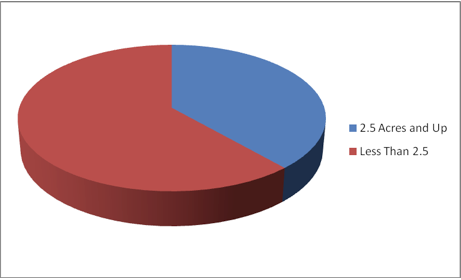How fracking works: fears are based on ignorance
Second in a series at the NY Post, by Karen Moreau:
THE NORTHERN TIER, PA. The people trying to keep “fracking” illegal in New York rely on our ignorance about the safety and environmental impact of this drilling technology. So I went over the border to Pennsylvania for a hands-on education on the subject.
A gas-drilling site in the Endless Mountains is nothing like the plains of smoking derricks you see in photos of Texas oil fields; here, many sites are hidden away at the end of long access roads.
The rig itself is impressive -- a 120-foot-high steel structure of platforms surrounding a huge rotary drill. An earthen berm encloses the football field-size site.
But most of that is temporary: Finished sites, once the rigs pull out and the soil is reclaimed, usually consist of a fenced area the size of a large living room, with several small pipes protruding about three feet from the ground with two small water tanks. They’re easy to overlook among the farm equipment and pasture of the countryside.
In hardhat, safety glasses and work boots, I shadowed the men on the frontline for Chesapeake Energy. “Drilling is an art,” smiled foreman Josh Bradford, 37, a fourth-generation Louisiana oil-and-gas man. But it’s also science and engineering: The computer screen in his office trailer detailed the precise path carved by the huge rotary drill a few hundred feet away.
This technology lets engineers monitor the process as drills run straight down nearly a mile before making a gradual bend to run horizontal about the same distance. This “precision horizontal drilling” is the new technique that’s made it practical to exploit the Marcellus Shale (“fracking” has actually been done in America for decades)...
- Log in to post comments






